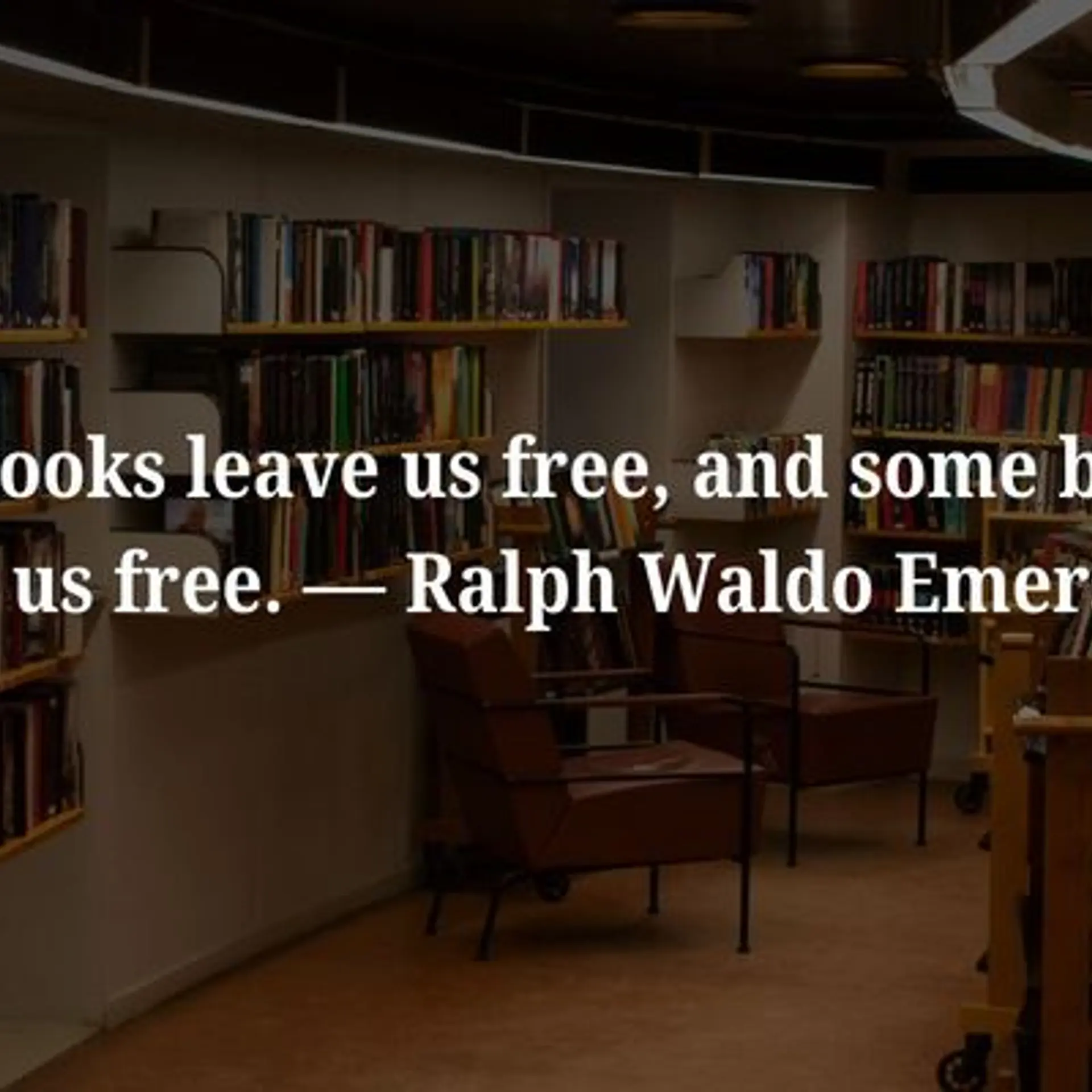Joining the coveted C-suite club comes on the back of years of focused hard work, an endless cycle of learning and often unlearning, and one’s ability to manage time, people, and change. It is an outcome many work towards but only a few truly deserve and achieve. It is, therefore, hard to imagine the learning challenges and surprises that follow on the heels of the promotion.
Among the new challenges, this Harvard Business Review essay recounts surprises like realising that sometimes, one doesn’t really know how to run the company as opposed to a business group or team; that no matter what one does, they are always “sending a message;” that every boss eventually has a boss; and the most critical of all—C-suite or not, you are still only human.

Image: Shutterstock
The process of learning and shedding past conditioning never really stops, definitely not inside those cabins with the best views. In fact, the learning curve among the C-suite is steeper and the ramification of errors or stagnancy more serious. CEOs of the connected information age have it harder. As if all the new internal information, the metaphorical nuclear codes of the organisation, is not enough, there is a constant influx of new faces, ideas, industry developments, and talents in the marketplace they must take note of. It is hard not to be overwhelmed.
This is where the new self-fulfilling rituals come into play. A good CEO has context from outside his/her echo chamber. He/she has perspectives from the outside world that shape the future of the organisation. He/she is progressive and in tune with the trends that shape social, political, industrial discourse. And most of all, he/she listens. How can a new CEO make it happen on the sidelines of his/her new responsibilities?
We asked around.
Good leaders read
According to John Coleman, a two-time business book author and Harvard Business Review blogger, “Deep, broad reading habits are often a defining characteristic of our greatest leaders and can catalyse insight, innovation, empathy, and personal effectiveness. Steve Jobs had an ‘inexhaustible interest’ in William Blake; Nike founder Phil Knight so reveres his library that in it you have to take off your shoes and bow; and Harman Industries founder Sidney Harman called poets ‘the original systems thinkers’, quoting freely from Shakespeare and Tennyson. History is littered not only with great leaders who were avid readers and writers (remember, Winston Churchill won his Nobel prize in Literature, not Peace) but with business leaders who believed that deep, broad reading cultivated in them the knowledge, habits, and talents to improve their organisations.
Good leaders are progressive in their feedback mechanism. They ‘feedforward’ instead
Marshall Goldsmith, a renowned executive coach best known for his practical approach to good leadership, coined a new methodology for learning and development, known as ‘feedforward’. According to him, “There is a fundamental problem with all types of feedback: it focuses on the past, on what has already occurred—not on the infinite variety of opportunities that can happen in the future. As such, feedback can be limited and static, as opposed to expansive and dynamic.”
Feedforward on the other hand, enables dialogue for future positive change without dwelling on the mistakes of the past. It removes the apprehension that comes from hierarchies and leadership’s defensiveness and focuses singularly on positive change.
Good leaders cultivate fearlessness, in themselves and in their teams
Whether it is adhering to hierarchical structures that allow no questions and are increasingly irrelevant, or outdated technologies and rules at the workplace, the one trait that allows old notions to be questioned and new ideas to become more mainstream is fearlessness. I have always found that fearlessness is one of the most underrated qualities in the C-suite. And more importantly, it is a rare one.
According to Transcend, an executive coaching organisation that develops strong leaders, “The hallmark of fearless leadership is its focus on growth, forward momentum, and action. It is fearlessness that allows leaders to embrace failure, learn from it, and try again, rather than being paralysed by uncertainty, afraid of making a bad decision, or unwilling to admit mistakes and learn from them. Fearless leaders are vulnerable, able to embrace their own failures, weaknesses, and imperfections without using them as excuses. People like to follow other humans, not flawless icons, so admitting weakness actually attracts others and makes them feel kinship with the leader, and even greater loyalty.”
Or in other words, a fearless C-suite is more human. When the stakes are higher and ramifications more serious, I have observed that leaders often shy away from being the fearless managers they used to be in past roles. But in spite of the risks, good leaders overcome their fear of uncertainty and make informed yet bold choices. They are open to their teams having a voice and place on the table. More importantly, intelligent C-suites understand that it is these exact voices that help them and their organisations stay relevant and not stuck in the past.
Clearly, the process of learning and unlearning never really stops; definitely not once one enters the C-club. That is the most crucial landmark of being a leader people look up to. You do not have to be lonely at the top.
For more leadership lessons and resources from YourStory, read on:







